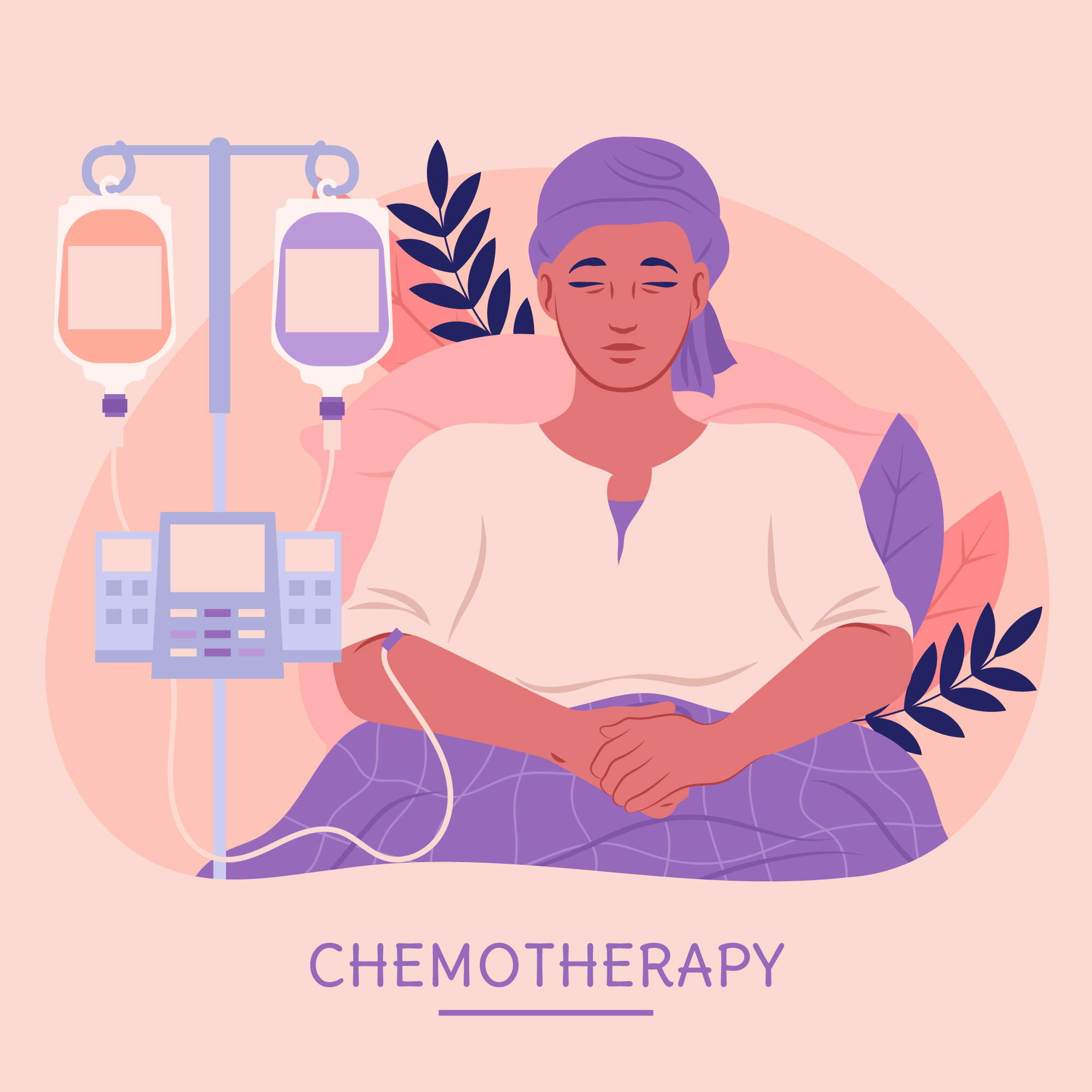
How Are Chemotherapy Drugs Delivered to the Body?
Chemotherapy is a common cancer treatment that uses drugs to destroy cancer cells. Doctors can deliver these drugs in different ways depending on the type of cancer, its location, and the patient’s needs.
Types of Chemotherapy Delivery
Each method for delivering chemotherapy has unique benefits and is chosen based on specific medical requirements.
- Intravenous (IV) Chemotherapy
IV therapy is the most common method. Here, doctors inject the drugs directly into a vein, usually in the arm or hand. This method allows chemotherapy drugs to enter the bloodstream quickly and reach the cancer cells. - Oral Chemotherapy
Some chemotherapy drugs come in the form of pills or capsules. Patients can take these medications at home, making this method more convenient and less invasive than IV therapy. - Injection Chemotherapy
Doctors can inject chemotherapy drugs directly into a tumor or body cavity, such as the abdomen or chest. This approach targets specific areas more precisely, which can increase effectiveness in certain cases. - Inhalation Chemotherapy
Some chemotherapy drugs can be inhaled as a mist. This method is particularly useful for lung cancer since the drugs go directly into the lungs. - Topical Chemotherapy
Patients can apply certain chemotherapy drugs directly to the skin as a cream or ointment, primarily for treating skin cancers. This method is simple, and patients can apply it at home. - Gene Therapy
Gene therapy, a newer form of chemotherapy, uses specific genes to target and kill cancer cells directly. This approach is still in research but shows potential for being less harmful to healthy cells. - Nanoparticle Delivery
Nanoparticles, tiny particles that can deliver drugs directly to cancer cells, represent another new form of chemotherapy. This approach aims to increase treatment accuracy while minimizing damage to healthy cells.
Factors Influencing the Choice of Delivery Method
The choice of chemotherapy delivery method depends on several factors:
- Type of Cancer: Certain cancers respond better to specific delivery methods.
- Location of the Cancer: Where the cancer is located in the body can influence the method chosen.
- Patient’s Overall Health: Some methods may be easier on the body, making them more suitable for patients with certain health conditions.
- Patient’s Preferences: Personal comfort and convenience are also important, especially when considering options like oral or topical chemotherapy.
Benefits and Risks of Different Methods
Each chemotherapy delivery method offers unique benefits and possible risks:
- IV Chemotherapy
IV therapy is effective for rapid delivery into the bloodstream but may cause nausea, vomiting, and discomfort. - Oral Chemotherapy
Oral chemotherapy is convenient, especially for at-home use. However, it may be less effective than IV treatment in some cases. - Injection Chemotherapy
Injection therapy can target cancer directly, making it more effective for specific types. However, it is more invasive and may increase side effects. - Inhalation Chemotherapy
Inhalation is less invasive and useful for lung cancer, yet it may be less effective than other methods for certain cancers. - Topical Chemotherapy
Topical treatment is easy to apply and causes fewer overall side effects, although it may not work as well for invasive cancers. - Gene Therapy
Gene therapy, still under study, is highly targeted and may reduce harm to healthy cells. However, its long-term effects are still unknown. - Nanoparticle Delivery
Nanoparticles are a promising new way to target cancer cells precisely. Like gene therapy, this method is still being researched to ensure safety and effectiveness.
Conclusion
Chemotherapy is a powerful cancer treatment, with different delivery methods tailored to meet various patient needs. Speak with your doctor to explore the best options for your individual situation.
For more information, consult your doctor.For more information Click Here


